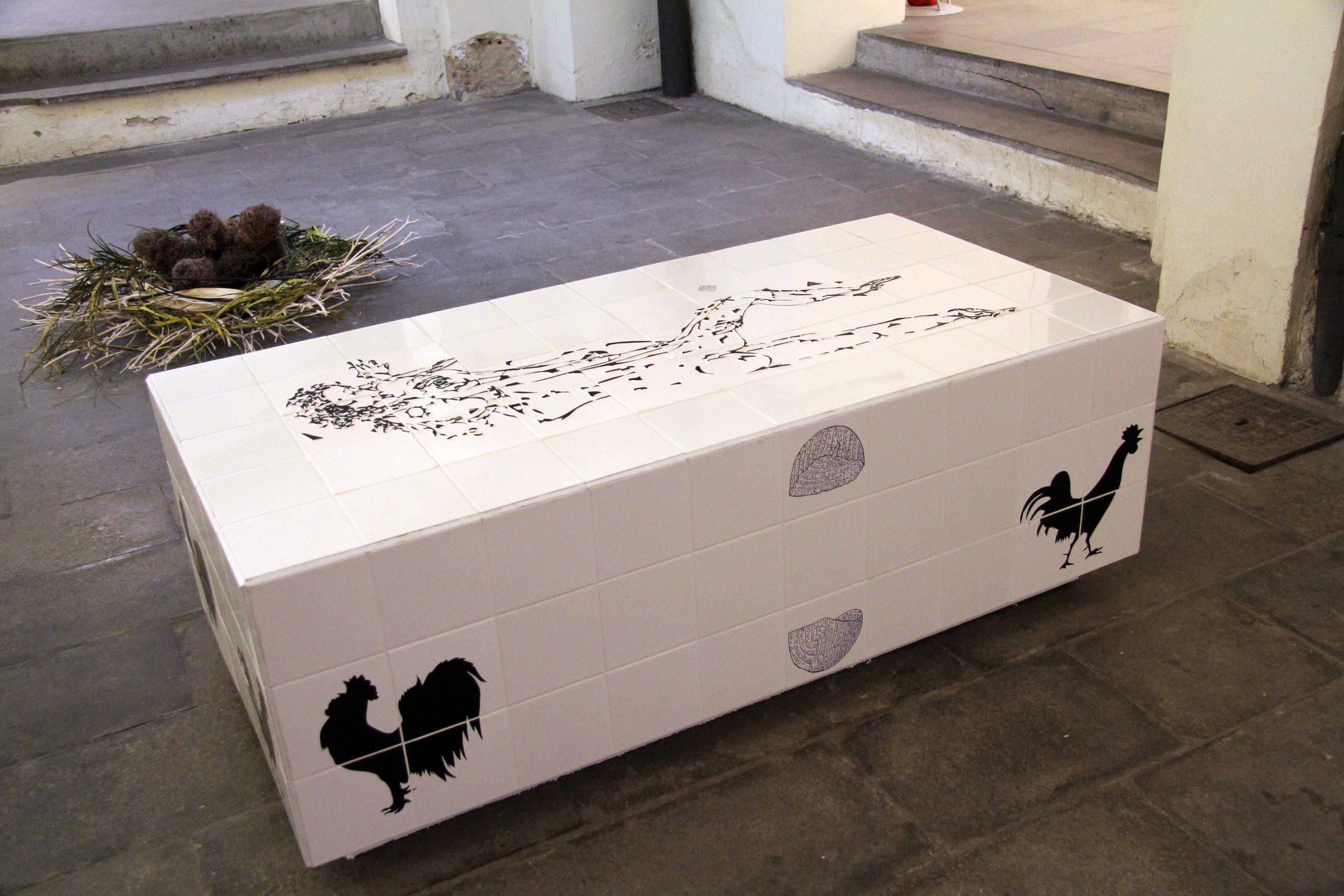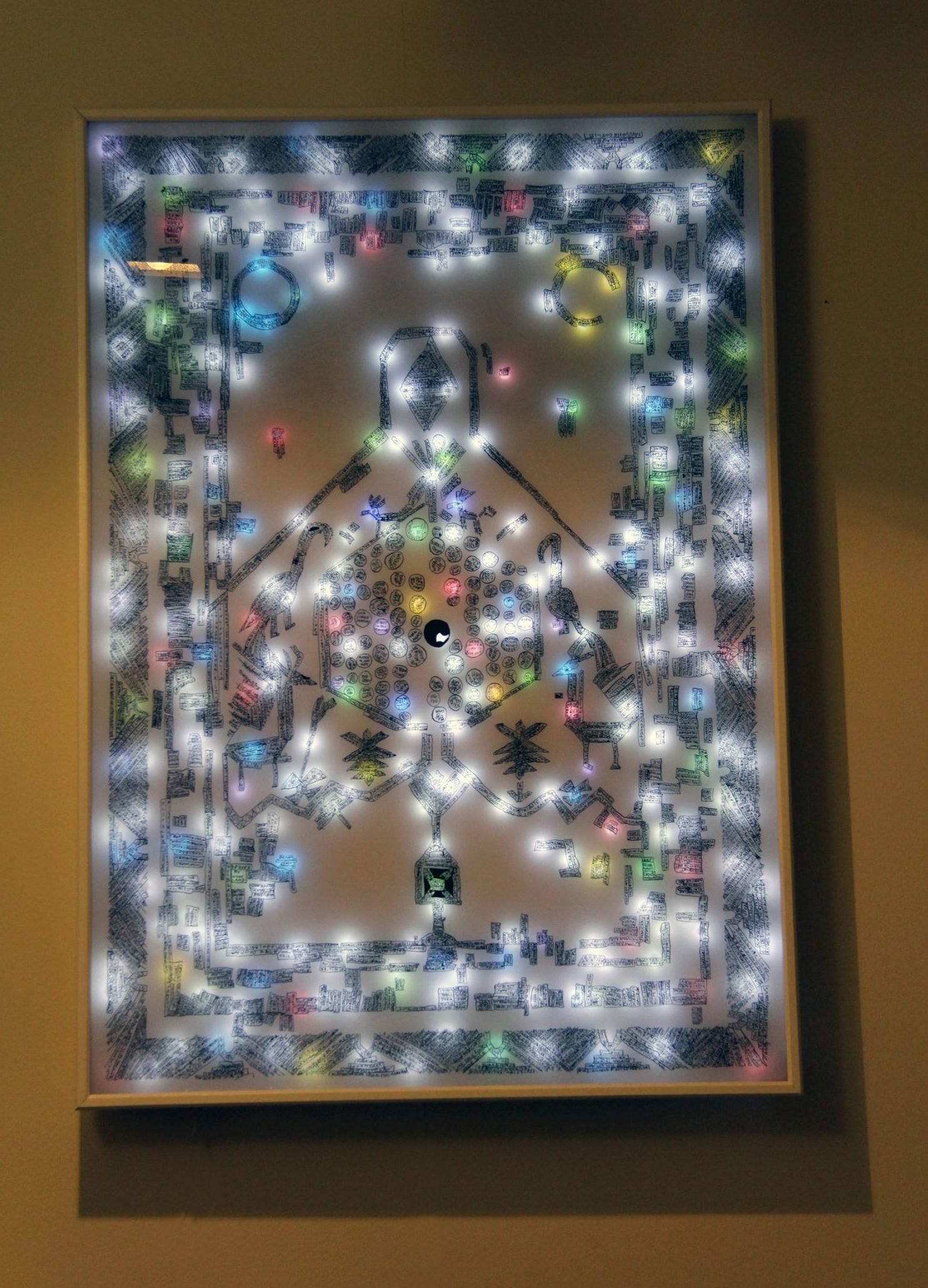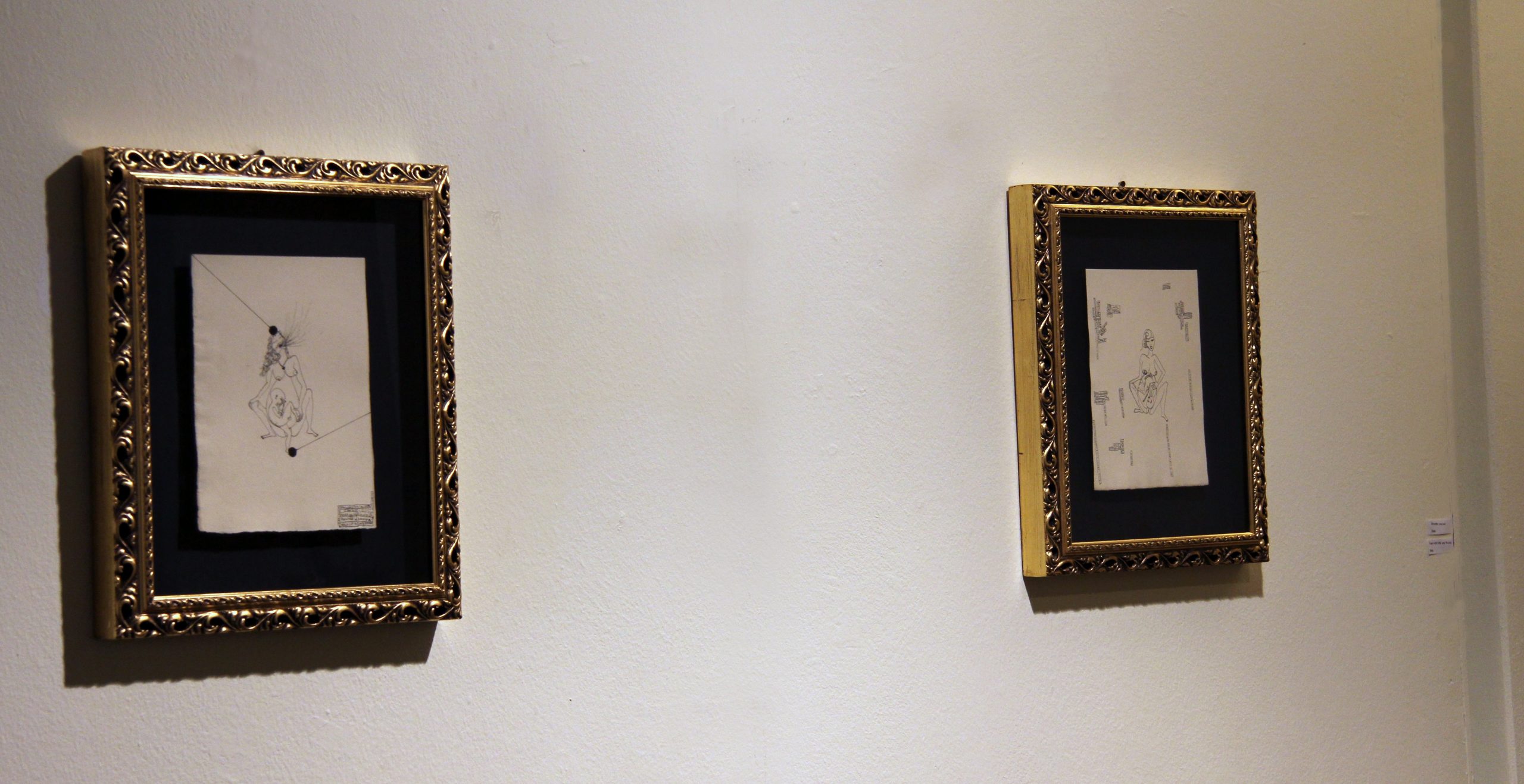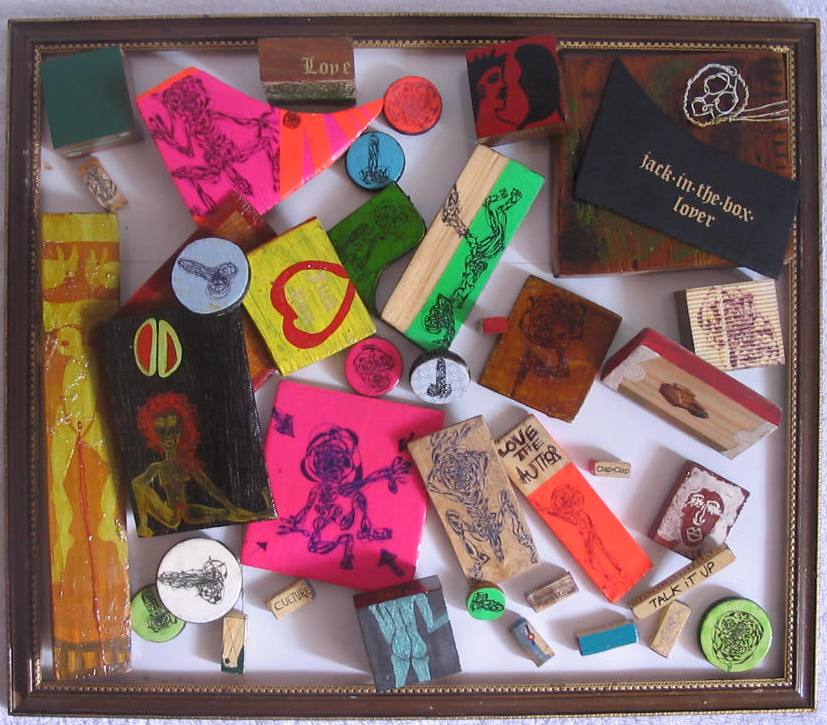Palazzo Moroni,
Comune di Padova, Italia, November 2011
Solo Show curated by Prof. Paolo Tieto e Dr. Paola De Troia
While working on the ‘Transpadovano Hold-Close/Miles’ project, on a mid-summer, midday pause, I had this reflective conversation with the poetic/politic Zimbabwean film maker and writer Farai Sevenzo :
Shepherds Bush Market,
London, July 2011
(FS) What is art culture to you?
(EC) It is a platform for understanding and challenging reality and the structures that dominate it, such as power, sufferance, joy and future possibilities. I believe everybody is part of art culture. Whenever you want to go to the bottom of ‘things’ and are not afraid to take a risk or experiment in the new, whichever your field, there is art culture at work.
F: What is the connection between art and experience?
E: Art is born out of experience. All of my work comes from experiencing the world, its physical laws, its cultures and religions, its soils and technological possibilities.
Interactions touch me almost like energy transactions. My studio is here behind Shepherds Bush Market and next door is a Mosque where I daily witness people devotion to prayers. I meet the Iman with whom I talk about abstraction in Islamic art. There is Adam a Somalian café owner, with whom I talk about our different cultures in perfect Italian and then there is Jimmy, the market’s gate keeper from Granada, who with an embargo fantasy can repair anything needing a fix, seven days a week. All these experiences are inspirational because they touch me. But equally so does the magical theatre of Robert Wilson, the durational performances by Marina Abramovich, the bronzes by Stefano Baschierato, the photography of Samuel Fosso, getting lost singing in Arden Woods, a heartbeat.
The experience becomes uncontainable, an emerge-ncy and like an irrepressible explosion, simply overflows onto the page.
On the other hand, experience in art requires dedication. Mistakes are magical and creative and the greater the experience the more fluent and coherent the delivery.
F: What Religion is love?
E: Even if a lot of my art comes from life’s incongruities, sufferance, inadequacies or obsessions, whatever I do is with love. Love is creation. Hence the various religious speculations on the mystery of birth, creation, its inevitable decay and regeneration.
Most religions evolve on the principle of mutual, reciprocal love. Religions are a sort of discipline of love in order to manage and master the intrinsic selfish nature of the homo homini lupus (Hobbs) or the desiring man (Foucault) or the strongest in the survival struggle (Darwin).
F: What are the most important aspects in your art practice right now?
E: Mutation, transcendence, progression and in-visibility, belonging, identity, impermanence.
F: Why are words important in your art?
E: I love the boundary between writing and drawing. Both words and drawings, with their signs and meanings, are necessary to space and charge reality. They are both vehicles and mediums to unite and conceive reality, working between the ‘I’ and the world, the interior and the exterior, the knowing and the doing. They allow a transmission for us not to be subdued by the world. Sometimes the body speaks ‘words’ that the brain can’t always rationalize and it is also this incomprehension or disconnection that gives rise to the ‘emergency’ of the New.
F: Sex or faith, which is the greater inspiration?
E: They are both indispensable for creation.
As the Laureate Poet Carol Ann Duffy writes “Life is permanently erotic because everything has potential”.
Faith is present in any human action, especially the non-automatic ones. Before an action takes place our brain and body reflects quickly and in milliseconds calculates and balances the consequences of that eventual choice of action. We can only hope for a possible outcome. Faith guides and pushes expression into new narratives. It is faith, in a wider sense not only the religious one, that gives us the courage and bravery to trespass onto the side of the unknown.
Sexuality and spirituality share in common a universal tension towards the Absolute: in both acts there is a momentary reconciliation of the fragmentation of human experience.
F: Should an artist travel the world in her brain?
E: The brain is certainly an important organ into our consciousness of the world. Its neurological power of will to physical challenges is infinite and so is its noble re-elaboration of the making sense of the world views which are constantly being challenged and reformed. The brain with its many abstractions enables us to imagine and create the impossible, the unimaginable.
However In our realm of constant transformation, multiple locations and identities, the Body- as a site for transmutation and transition- is also extrimely important as a way into the travelling of the world.
F: What should be remembered about your art?
A: I love artwork memories. When a piece is memorable it stays with you forever and you don’t need to own it. A song or a dance or a book or the memory of a painting is evanescent yet present within us.
It would be a privilege to be in anyone’s ‘art memory’, whatever their way of making sense of it.
—————————————————————————————————————————————————————
And here below is a critical writing on ‘Transpadovano Hold- Close/Miles’ by Professor Paolo Tieto, a seminal Art Historian of the Saccisica Region, that flourishing and creative land between Padova and Venezia, where I grew up.
“Piove di Sacco, Italy,
September 2011
In spite of her early affinity for the Arts, Elena Cecchinato only began her career after finishing her degree in Economics and a Master in History of Art at the School of Oriental and African Studies (SOAS). Travelling around the world encountering other civilisations and cultures was a further influence on her intimate being, and her exploration of individuality.
All these experiences and acquired knowledge are expressed in her work allowing Elena Cecchinato to distinguish herself as an innovative and unique artist. Her images are not of easy impact, nor are they instantly readable, but they are provocative and leave a lasting impression in the mind of the voyeur before coming to their punctal intelligibility.
Elena Cecchinato’s work is characterised by precise and delicate strokes that while evoking classical antiquities are expressions of current issues.
The characteristics and eccentricity of her work illustrate the eternal values of existence: traditions, human behaviour and everything that represents life as love, tensions towards progress and evolution. After all the intent of art is to develop humanity’s moral and intellectual growth.
Although young in artist’s term, Cecchinato is able to synthesize and re-elaborate her work via the many contacts she has with people and places of an entity – our world – which are both full of enigmas and mystery, as well as fascinating and admirable concrete beauties.
Immaterial and tangible aspects of life are conjugated together with singular skill by the sensitive and refined Italo-European artist, conferring evidence and objectivity to what has been created by the mind, from her own personal inventiveness. Because, after all, art begins as a thought before it becomes an image.”






























